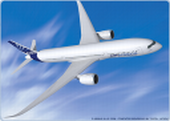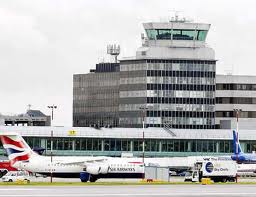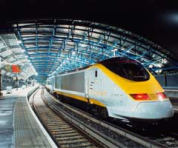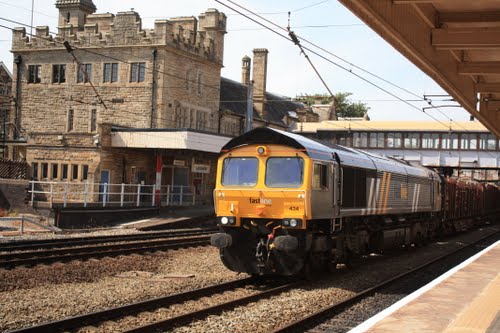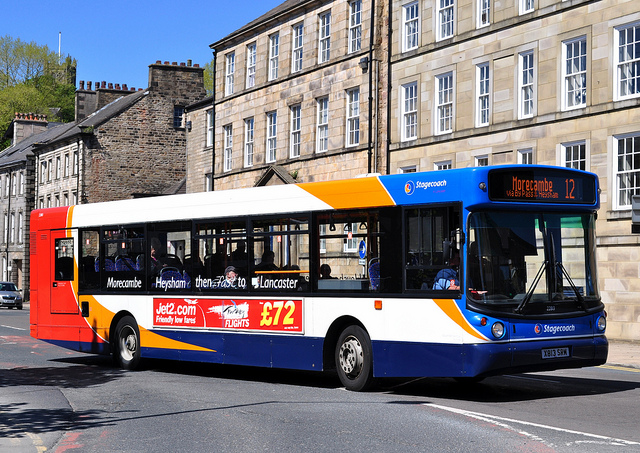
|
|
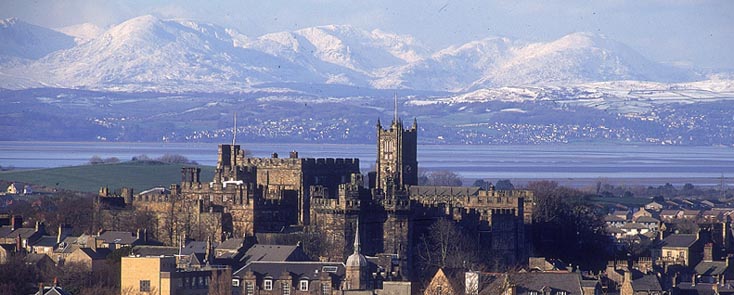
Conference Location
Long existing as a commercial, cultural and educational centre, Lancaster is the settlement that gives Lancashire its name. Lancaster has several unique ties to the British monarchy; the House of Lancaster was a branch of the English royal family, whilst the Duchy of Lancaster holds large estates on behalf of Elizabeth II, who herself is also the Duke of Lancaster. Lancaster was granted city status in 1937 for its "long association with the crown" and because it was "the county town of the King's Duchy of Lancaster". |
|
|
With its history based on its port and canal, Lancaster is an ancient settlement, dominated by Lancaster Castle. It is also home to the collegiate and campus-based Lancaster University and a campus of the University of Cumbria. |
History |
The city's name, first recorded in the Domesday Book in 1086 as Loncastre, where "Lon" refers to the River Lune, and "castre", from the Old English cæster for "fort", refers to the Roman fort which stood at the site. Roman and Saxon eras It is known that there existed a permanent Roman fort on the hill where Lancaster Castle now stands by the end of the first century AD, and possibly as early as the 60s, based on the Roman coin evidence. The coin evidence also suggests that the fort was not continuously inhabited in these early years. The fort was rebuilt in stone around 102 AD. The fort underwent a few more extensions, and at its largest area it was 9 or 10 acres. The evidence suggests that the fort remained active into the early fifth century, which was the end of the Roman occupation of Britain. |
|
Little is known about Lancaster between the end of Roman rule in Britain in the early 5th century and the Norman Conquest in the late 11th century. Despite a lack of documentation from this period, it is likely that Lancaster was still inhabited. Lancaster was on the fringes of the kingdoms of Mercia and Northumbria, and over time control may have changed from one to the other.Archaeological evidence suggests that there was a monastery on or near the site of today's Lancaster Priory by the 700's or 800's. For example, an Anglo-Saxon runic cross found at the Priory in 1807, known as "Cynibald's cross", is thought to have been made in the late 800's. Lancaster was probably one of the numerous monasteries founded under Wilfrid. |
|
Norman era and charter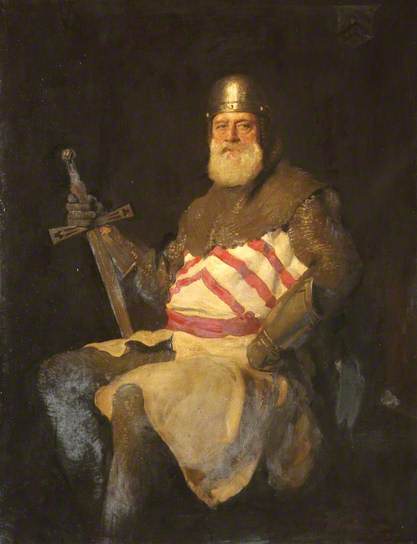
|
Following the Norman conquest of England in 1066, Lancaster fell under the control of William I, as stated in the Domesday Book of 1086, which is the earliest known mention of Lancaster in any document. The founding charter of the Priory, dated 1094, is the first known document which is specific to Lancaster. By this time William had given Lancaster and its surrounding region to Roger de Poitou. This document also suggests that the monastery had been re-established as a parish church at some point prior to 1066. |
|
Lancaster became a borough in 1193 under King Richard I. Its first charter, dated the 12 June 1193, was from John, Count of Mortain, who later became King of England. Lancaster Castle, partly built in the 13th century and enlarged by Elizabeth I, stands on the site of a Roman garrison. Lancaster Castle is well known as the site of the Pendle witch trials in 1612. It was said that the court based in the castle (the Lancaster Assizes) sentenced more people to be hanged than any other in the country outside of London, earning Lancaster the nickname, "the Hanging Town". The traditional emblem for the House of Lancaster is a red rose, the red rose of Lancaster, similar to that of the House of York, which is a white rose. These names derive from the emblems of the Royal Duchies of Lancaster and York in the 15th century. This erupted into a civil war over rival claims to the throne during the Wars of the Roses. |
|
|
|
Recent Times
In more recent times, the term "Wars of the Roses" has been applied to rivalry in sports between teams representing Lancashire and Yorkshire, not just the cities of Lancaster and York. It is also applied to the Roses Tournament in which Lancaster and York universities compete every year. |
|
Lancaster gained its first charter in 1193 as a market town and borough, but was not given city status until 1937. Many buildings in the city centre and along St. George's Quay date from the 19th century, built during a period when the port became one of the busiest in the UK; the fourth most important in the UK's slave trade.However, Lancaster's role as a major port was short-lived, as the river began to silt up. Morecambe, Glasson Dock and Sunderland Point served as Lancaster's port for brief periods. Heysham now serves as the district's main port. |
|
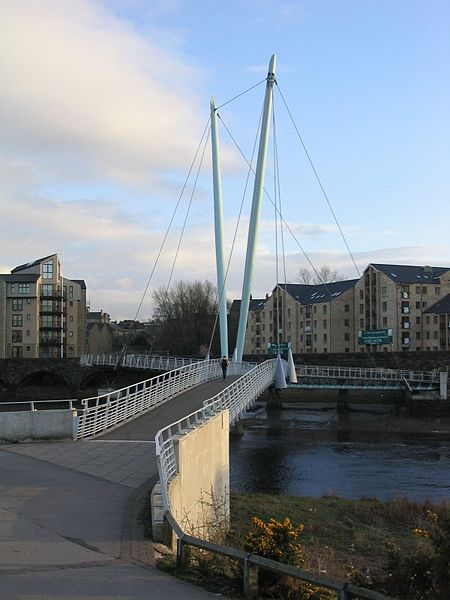
|
Lancaster is primarily a service-oriented city. Products of Lancaster include animal feed, textiles, chemicals, livestock, paper, synthetic fibre, farm machinery, HGV trailers and mineral fibres. In recent years, a high technology sector has emerged, as a result of Information Technology and Communications companies investing in the city. |
Parts of this text were copied from 
Conference Venue
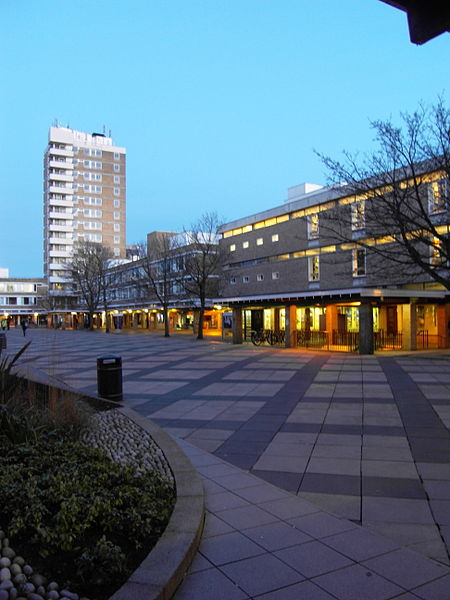 |
The conference venue will be |
Conference site Map
View Larger Map
How to reach Lancaster and the conference venue 
By Plane |
When arriving by plane in the UK you are mostly destined to arrive in London either at Heathrow, Stansted, Gatwick or Luton Airport. From these airports you need to make your way by train or tube to Euston Station from where you can take a direct train to Lancaster. (journey time 2 1/2 to 3 hours - depending on the time of day)
We recommend that, whenever possible, overseas visitors reach Lancaster via Manchester International Airport. From the airport, there are a number of travel options: |
By Train |
When taking the train to the United Kingdom, you will be using the EUROSTAR service arriving at St.Pancras station. After clearing customs and passport control you leave the station and walk to Euston Station from where you can take a direct train to Lancaster. (journey time 2 to 2 1/2 hours - depending on the time of day) |
By Bus |
Lancaster city is on the national coach network; National Express coaches call at the University. To plan your coach journey, consult the National Express Coach Timetable. |
By Taxi |
Taxis are available at the train station |
By Car |
From the north or south: leave the M6 motorway at junction 33 and take the A6 north towards Lancaster and continue for 1 3/4 miles - passing through the village of Galgate. After leaving Galgate, turn right at the second set of traffic lights into the University main drive. (Do not turn right at the first set of traffic lights - signposted to Alexandra Park). At the roundabout at the top of the drive, turn right for the Management School. The Management School is the large glass-fronted building, located just past Gillow Avenue (the third turning on the left after the roundabout). Visitors to Lancaster University Management School should park in Gillow Avenue (third left after the roundabout at the top of the University Drive). You will need either a valid one-day visitor scratch card or a pay and display sticker available from the machine in Gillow Avenue. Ticket machines dispense tickets for 2 hours at £2. From January 2011 chip and pin card payment facilities will be available at each machine. All-day visitor scratch cards are available from the LUMS Reception or Security Reception on Bowland Avenue priced at £5 each. |
Lancaster Maps
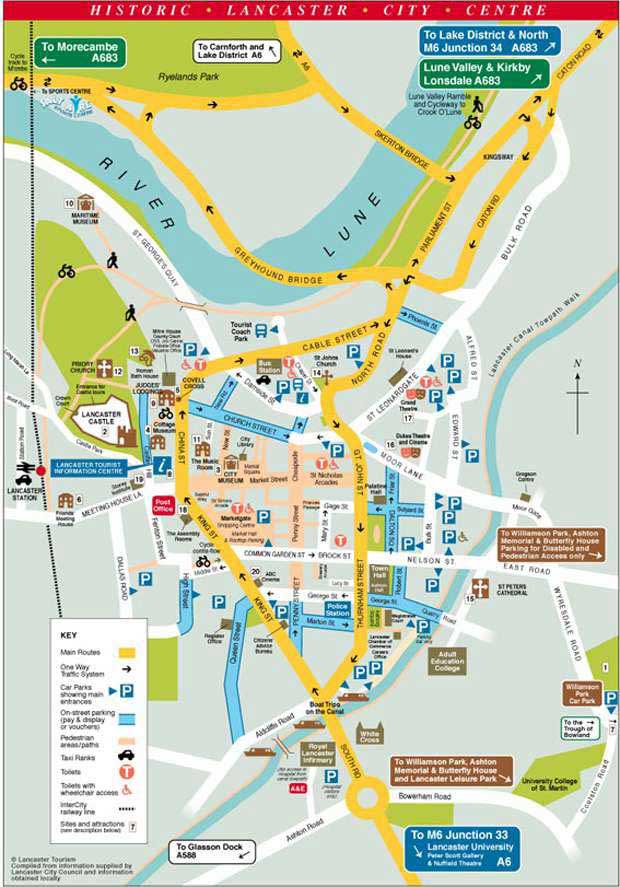
Historic Lancaster |

Lancaster City Centre |
Click on the maps above for a more detailed view. Some more maps are linked below in pdf format.

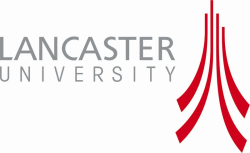
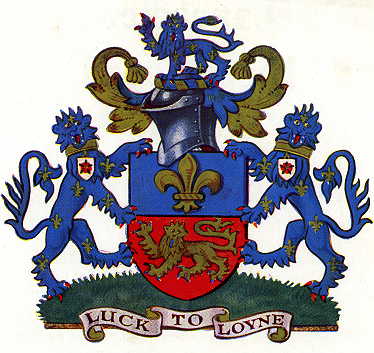 Lancaster is the county town of Lancashire, England It is situated on the River Lune and has a population of 45,952. Lancaster is a constituent settlement of the wider City of Lancaster, a local government district which has a population of 133,914 and encompasses several outlying settlements, including neighbouring Morecambe.
Lancaster is the county town of Lancashire, England It is situated on the River Lune and has a population of 45,952. Lancaster is a constituent settlement of the wider City of Lancaster, a local government district which has a population of 133,914 and encompasses several outlying settlements, including neighbouring Morecambe.
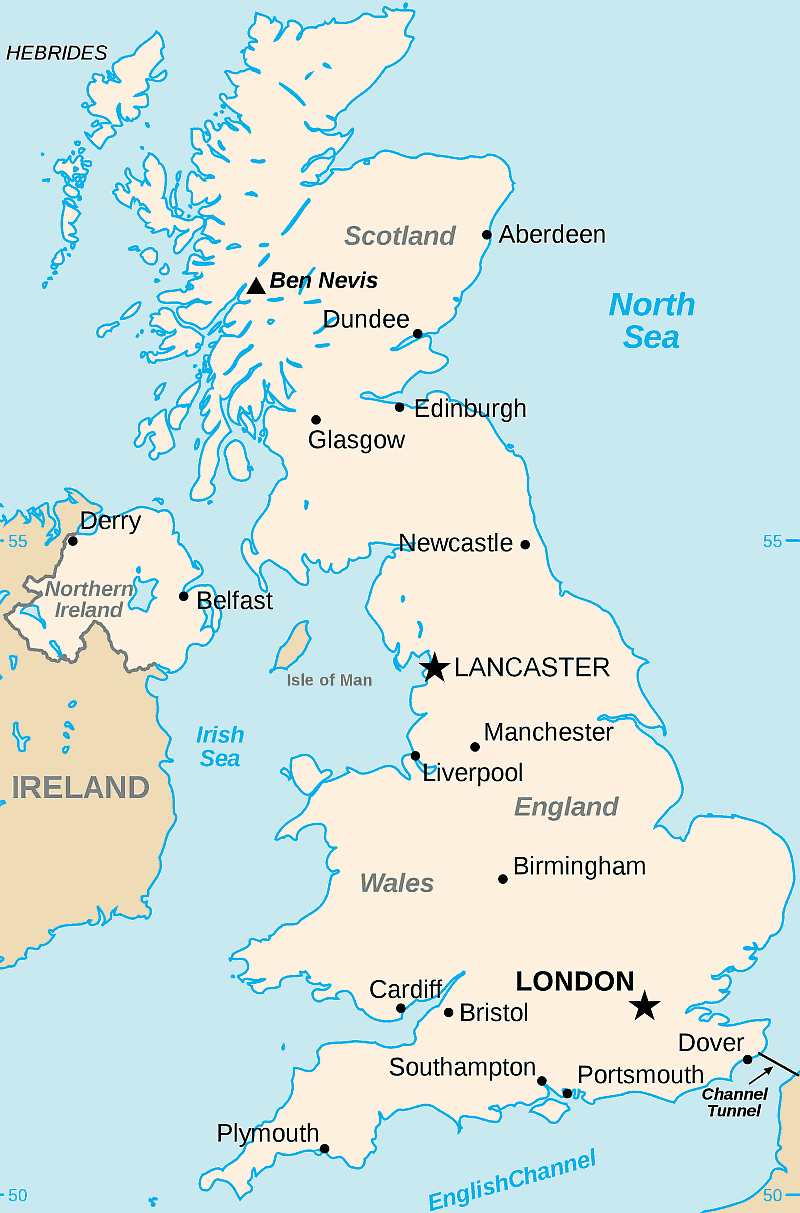
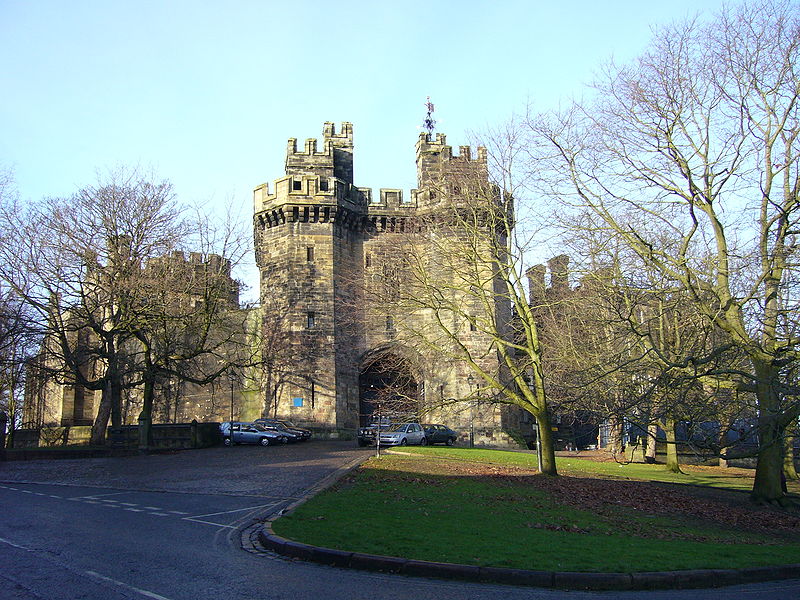
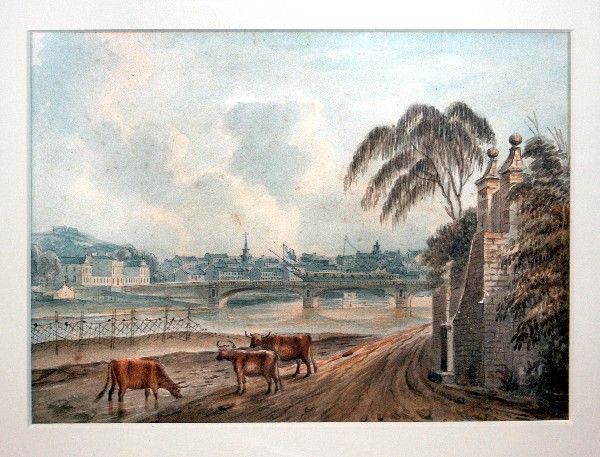

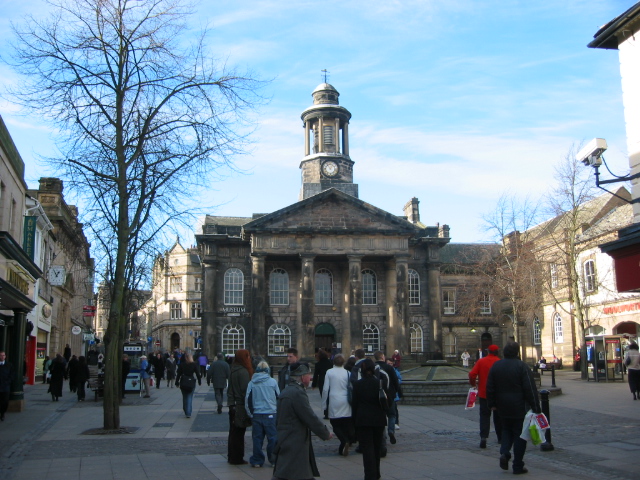
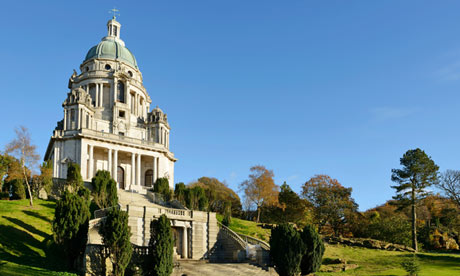
 Tel: +44.01524 594194/4189
Tel: +44.01524 594194/4189 Email:
Email: 